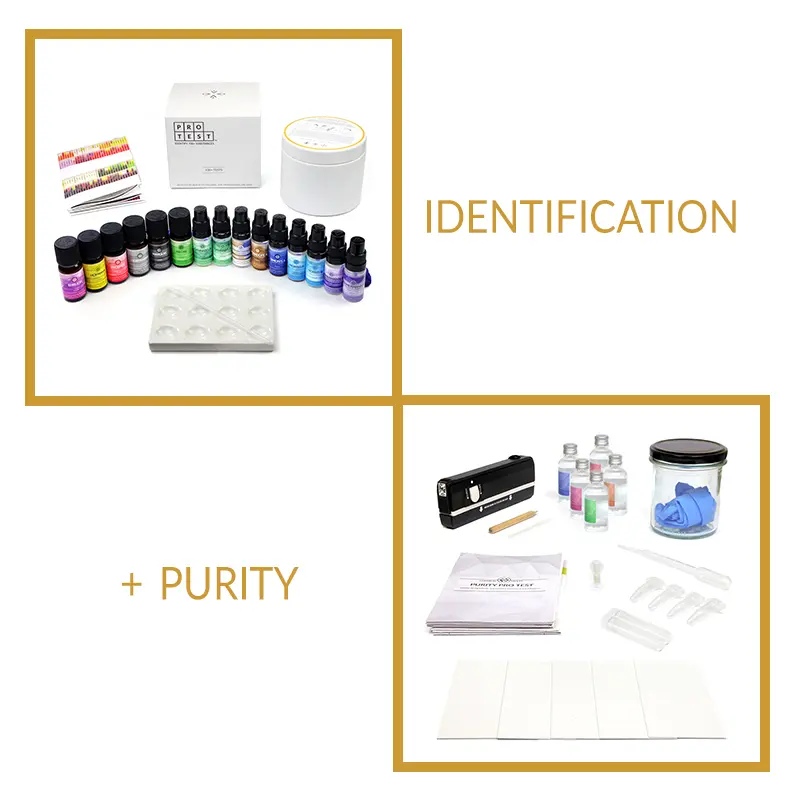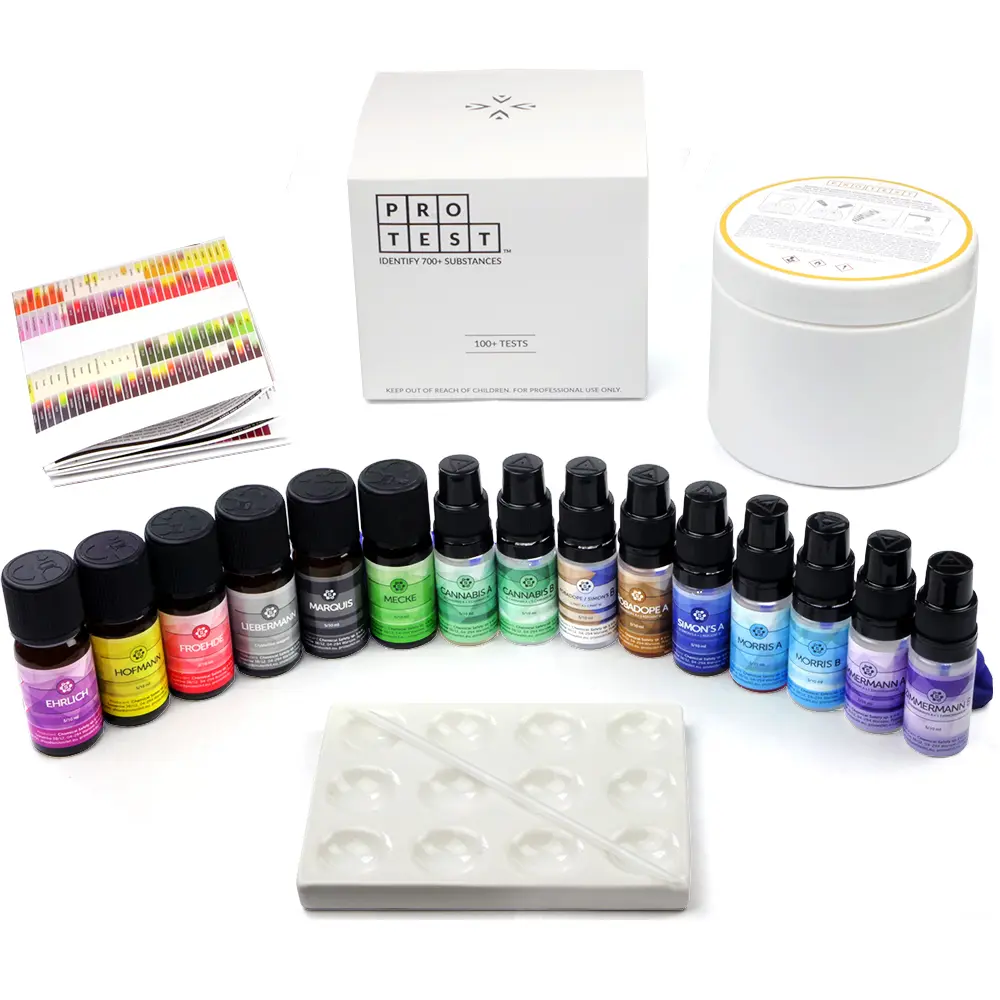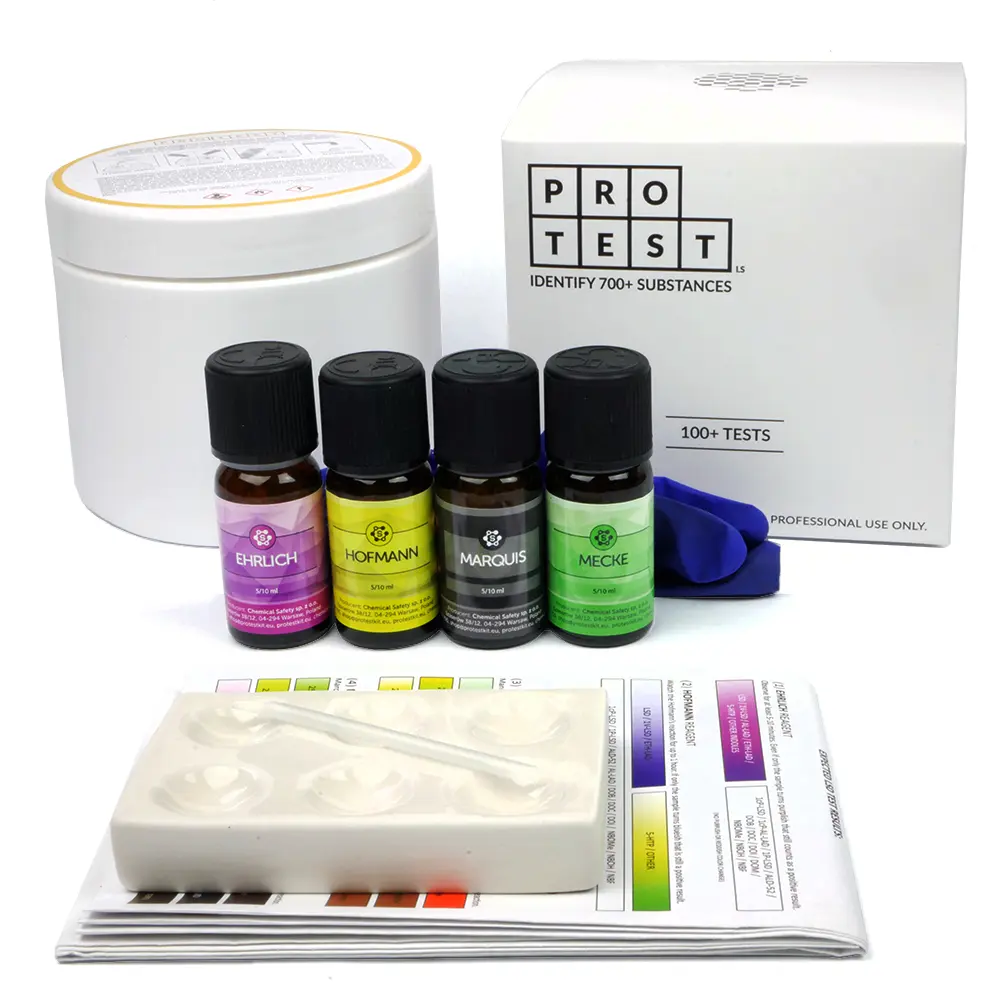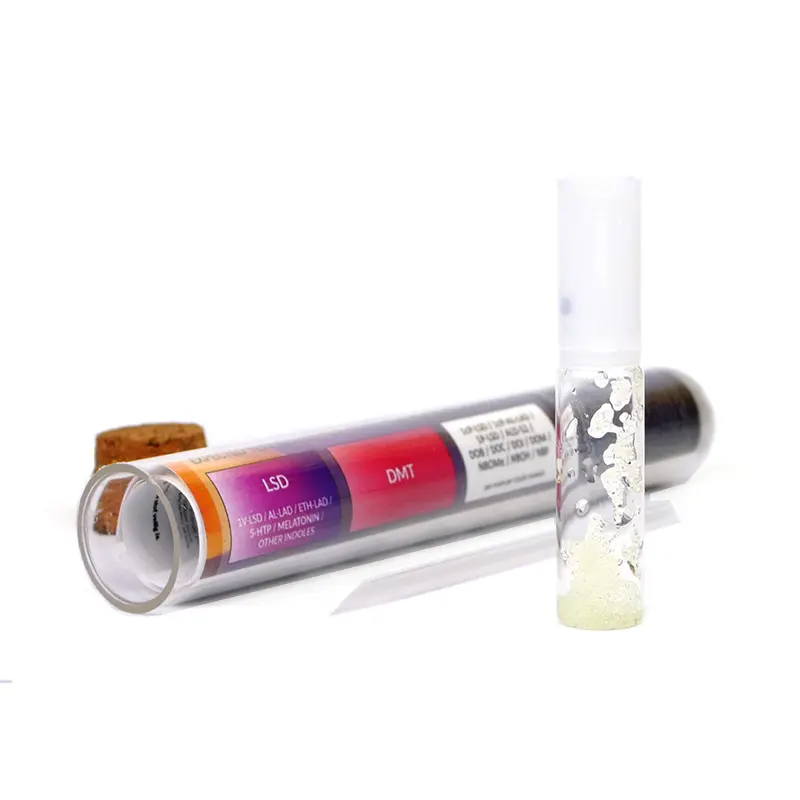"If it's bitter it's a spitter" myth
The myth regarding the lack of taste of “acid” is very common among those interested in the substance. It is said that if the taste of a substance presumed to be LSD is very bitter, it should be spit out because this supposedly indicates the presence of an undesirable phenethylamine, especially an NBOMe. How much truth is in this?
Taste, smell or appearance are not reliable means of analysis. The basic logical problem of suggesting sensory experiences stems from their subjectivity. While this does not preclude effective interpretation of the results, relying solely on the senses is fraught with a high risk of error.
The risks are serious given that, unlike LSD, substances such as 25I-NBOMe and DOC can be fatally overdosed.
- False positives
- False negatives
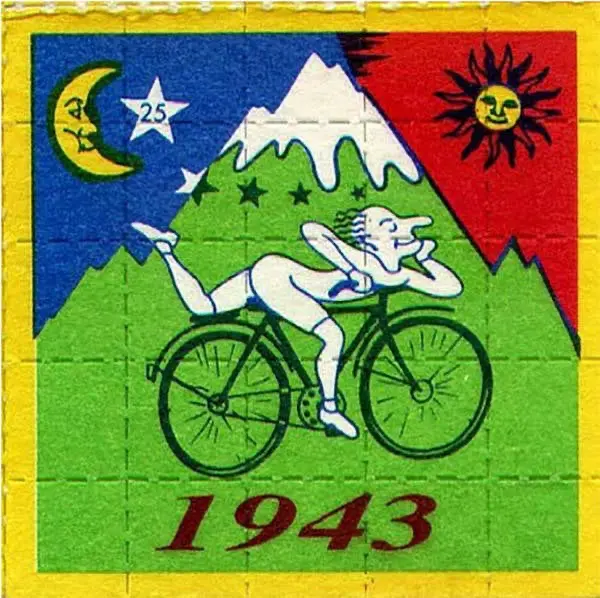
LSD taste
4/19/1943 16:20
0.5 cc of 1/2 promil aqueous solution of diethylamide tartrate orally = 0.25 mg tartrate. Taken diluted with about 10 cc water. Tasteless.
Exactly .. real blotter does have a slightly bitter taste. I had read comments [about] this before and dropped a Swiss geometry gammagolin tab on my tongue and freaked the fuck out cause it had a slight taste. Ruined the day for me and my friends, made them all spit theirs out. We got them tested, it was lsd, very slightly lower dosage than advertised (150 ug tab tested 138 ug .. acceptable).
Aftertaste of LSD
0.150 mg LSD on 15 April 1961, 9:15 hours
Beginning of the effect already after about 30 minutes with strong inner agitation, trembling hands, skin chills, taste of metal on the palate.
Taste of NBOMe and DOx
I took out the water bottle I put my dosage in and just drank it. The taste was awful, distilled gin and the extreme bitterness of a powerful research chemical. I coughed, but I was satisfied.
However, another user took 4 mg of DOC powder orally and described only a mild taste (source):
Ingest circa. 4 mg of powder (orally). Held powder in mouth. Odd taste. Not unpleasant compared to some other phenethylamines (MDxx for example). Similar in taste to perhaps 2C-I or 2C-P.
Another user took 2.8 mg of DOC dissolved in about 100 ml of water and noticed no taste at all (źródło):
DOC was placed in 4 oz of distilled water and consumed. There was no distinctive taste noticed.
Similar accounts can be found on other substances in the phenethylamine group, including NBOMe. Thus, impressions are very individual, especially if a person does not have much experience to compare with.
Oral activity
Summary
There is a grain of truth in the statement that LSD is not bitter. Yet in practice, as this article explains, LSD-containing substances can also be bitter tasting or perceived that way, and non-LSD substances can be tasteless. The only recommended method for identifying LSD is through the use of colorimetric reagent tests (or laboratory analysis, if available).
Recommended LSD testing method in principle has two parts. First, it is required to confirm (or rule out) the presence of LSD. To do that we recommend to use two reagents: Ehrlich and Hofmann. Using more than one type of test is always recommended to increase analysis precision and avoid false positives. In this case, Ehrlich, is the main test for confirming presence of indoles, such as LSD, DMT, but also nonpsychoactive 5-HTP, tryptophan, tryptamine and other). The second test, Hofmann, turns blue almost exclusively with LSD.
According to research (and as suggested by profit driven logic of black market sales) if a sample is confirmed to contain LSD, it is extremely unlikely to contain any adulterant. Sellers are not willing to spend more money if they already have a product there is demand for. However if LSD has been ruled out we recommend reagents Marquis and Mecke (or Liebermann and Froehde). If these tests instantly react with a vivid color change, that might suggest presence of an NBOMe or DOx. Pay attention to not mistake slowly charcoaling paper with a positive result.
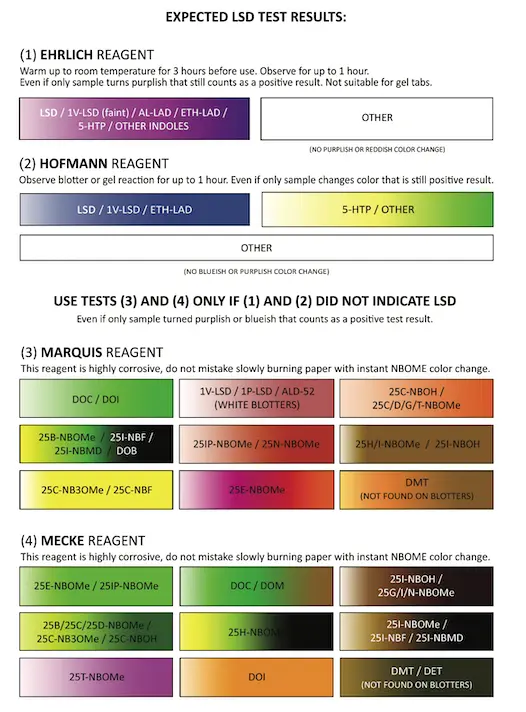
Recommended LSD testing chart
LSD Test Kit
The best LSD test kit is the LSD Test Kit which includes reagents Ehrlich, Hofmann, Marquis, and Mecke. It can reliably confirm the presence of LSD-25 and rule out the possibility of any active adulterants. The same test kit can be used for testing DMT and many other chemical compounds, check the product’s respective page for more information.
Test kits for LSD and LSD derivatives:
No test kit results can guarantee if a substance is safe. No substance is 100% safe.
